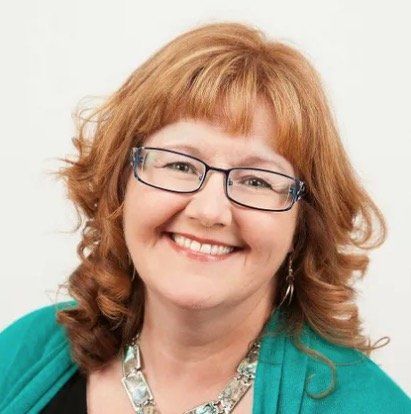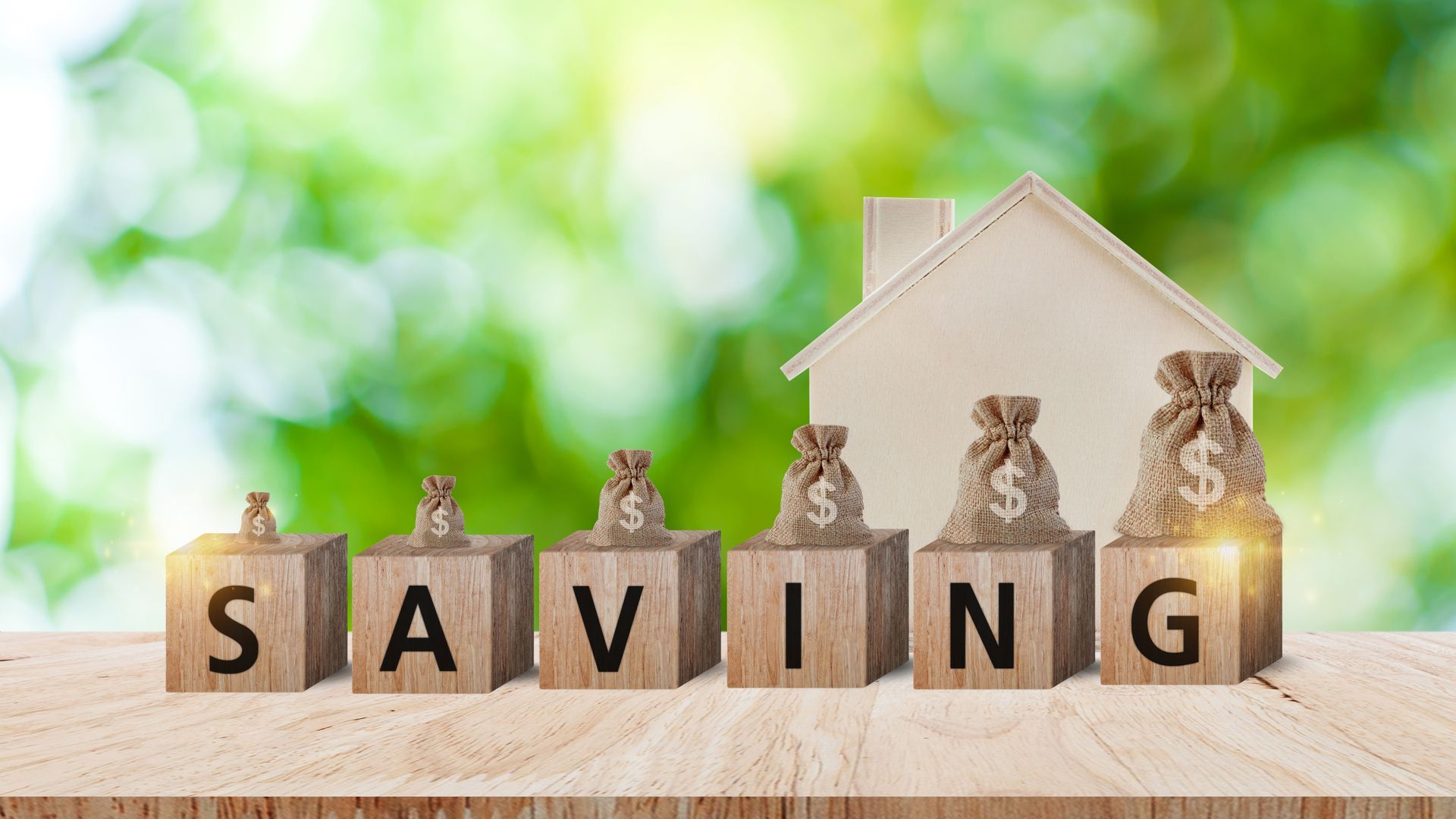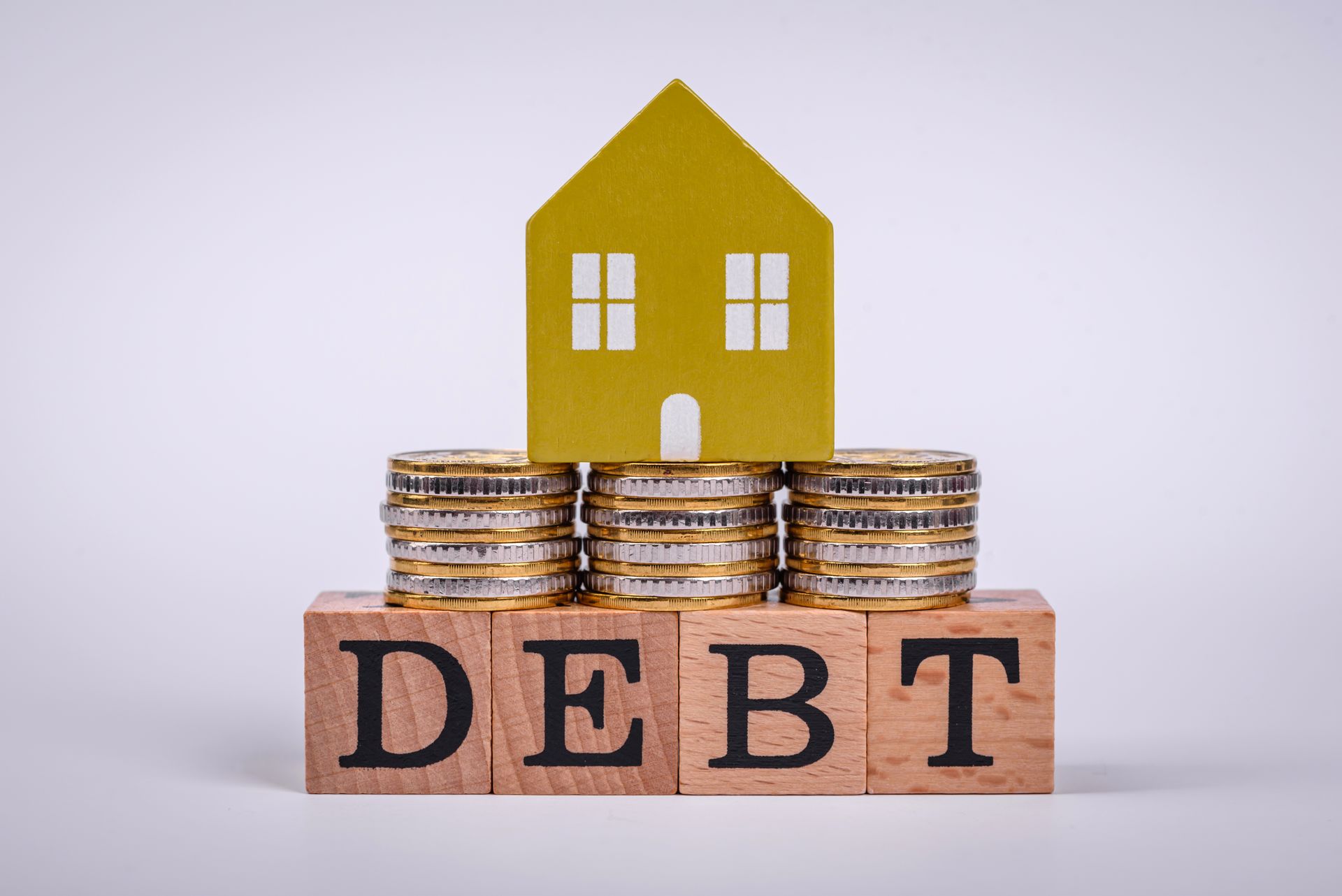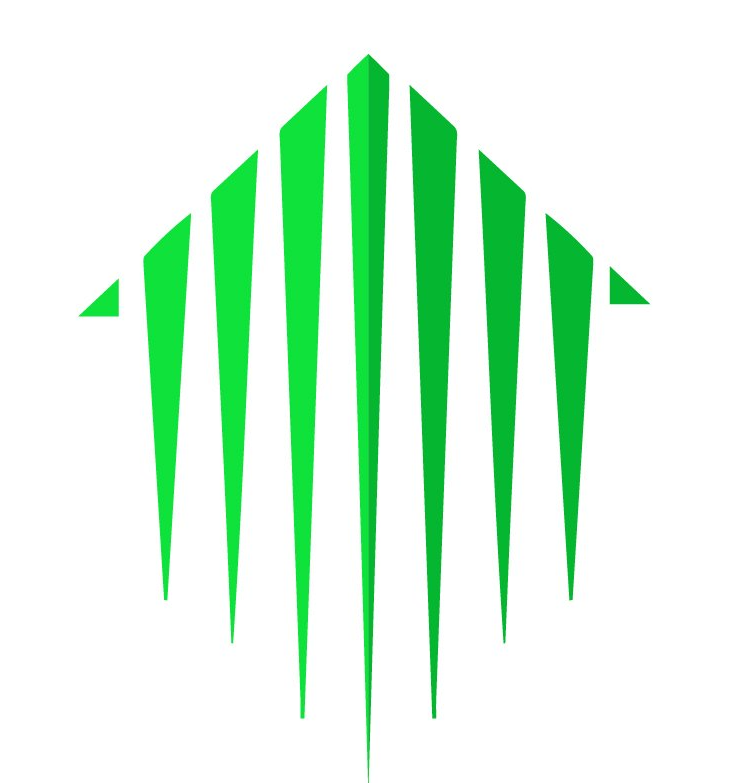5 Reasons Why You Don’t Qualify for a Mortgage
It’s not just because of finances
As a mortgage broker I receive calls from people who want to know how to qualify for a mortgage. Most of the time it comes down to finances but there are other reasons as well.
Here are the 5 most common reasons why your home mortgage loan application could be denied :
1. Too Much Debt
When home buyers seek a mortgage, the words “debt-to-income ratio” quickly enters into the vocabulary, and it’s not without reason. Too much debt is a red flag to lenders, signifying you may not be able to handle credit responsibly.
Lenders will analyze how much debt you carry and what percentage of your income it takes to pay your debt. Debt ration is just as important as your credit score and payment history.
Two affordability ratios you need to be aware of:
- Rule #1 – GROSS DEBT SERVICE (GDS) Your monthly housing costs are generally not supposed to exceed 32% of your gross monthly income.
- Rule #2 – TOTAL DEBT SERVICE (TDS) Your entire monthly debt payments should not exceed 42% of your gross monthly income.
If you don’t have a good debt to income ratio, don’t give up hope. You have options available including lowering your current debt levels and working with your Mortgage Broker.
2. Poor Credit History
Some people don’t realize if they are late on their credit card/loan/mortgage payments the lender sends that information to the credit bureaus.
- Late/non payments on your credit report will make your score drop like a rock
- Exceeding your credit card limit, applying for more credit cards/loans will lower your score.
- Bankruptcy or Consumer Proposal will significantly impact your score, and stay on your credit report for up to 7 years.
Your credit history is a great way for a lender to tell whether you’re a risky investment or not. Lenders look not only at your minimum credit score, but also at whether you have a significant amount of late payments on your credit report.
Your Mortgage Broker will run your credit bureau to see if there are any challenges you need to be aware of. Check out Solving the Puzzle – 5 factors used in determining your Credit Score
3. Insufficient Income and Assets
With the high price of homes in the Vancouver & Toronto area, sometimes people simply don’t earn enough money to afford: mortgage payments, property taxes and strata fees along with their existing debt (credit cards, loans, lines of credit etc.).
You need to prove your previous 2 years’ income on your taxes with your Notice of Assessments (NOA). This is the summary form that the Federal Government sends back to you after you file your taxes, showing how much you filed for income and if you either owe money or received a refund.
If you can’t provide documentation to prove your income, then you will likely get denied for a home mortgage loan.
Some home buyers will need to provide more money for a down payment (perhaps a gift from their family) or try to purchase a home with suite income. In some cases, home buyers will need to add someone else on title of the home, in order to add their income to the mortgage application.
4. Down Payment is Too Small
A lender looks at the down payment as how much of an investment a buyer will be putting in their future home. Therefore, bigger is always better when it comes a down payment to satisfy your home mortgage loan application. Start saving now.
To qualify for a mortgage in Canada the minimum down payment is 5% for the purchase of an owner-occupied home & 20% for a rental property.
In Canada if you have less than 20% down payment, the federal government dictates that the home buyer must purchase CMHC Mortgage Default Insurance which is calculated as a percentage of the loan and is based on the size of your down payment. The more you borrow the higher percentage you will pay in insurance premiums. Check out Everything You Wanted to Know about Mortgage Default Insurance
For those with less than 20% down payment, the maximum amortization is 25 years, with more than 20% down payment 30-35 years (depending on the lender). Check out 5 GREAT Reasons To Provide a 20% Down Payment when Buying a Home
5. Inadequate Employment History
Most lenders will want to see a consistent employment history of 2 years when applying for a mortgage, because they want to know you’re able to hold down a job long enough to pay back the money they’ve loaned you.
To prove your employment, you will need to prove a Job Letter with salary details.
If you’ve been denied a mortgage, chances are it was because of one of the above five reasons. Don’t be deterred, with a little patience and some work on your end, you can put yourself in a position to get approved the next time you apply.
The chart below lists the 10 main reasons people either don’t want or can’t get a mortgage.
Mortgages are complicated… BUT they don’t have to be! Engage an expert.
Give me a call and let’s discuss a mortgage that works for you (not the bank)!



Let's do this together.
Sign up to our newsletter
Thank you for contacting me.
I will get back to you as soon as possible
Please try again later
CONNECT
604-312-5009
kelly@kellyhudsonmortgages.com
All Rights Reserved | Mortgage Architects





